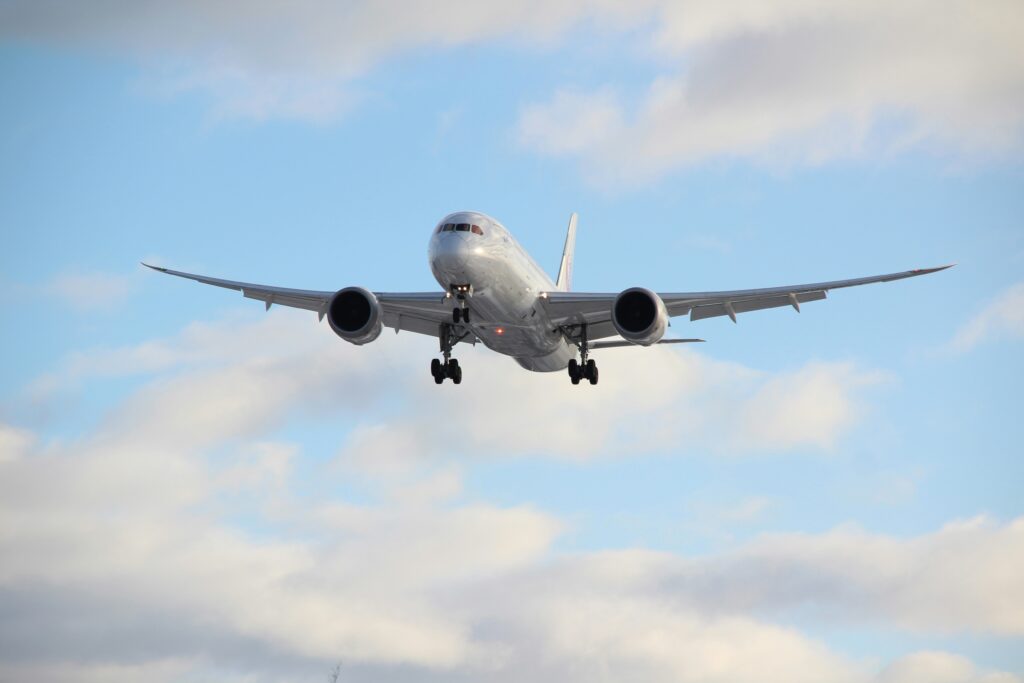Related Posts
Amidst a long series of repeated investigations and internal complaints, another Boeing whistleblower was found dead. New details have just been released about his death.
John Barnett, 62, was a former Boeing employee who had worked there for over 30 years. After his long service, he retired in 2017. Before his untimely death, Barnett had been actively speaking out against Boeing’s manufacturing safety protocols after failing to appear for a deposition in the lawsuit in early March 2024.
Upon responding to a wellness check call for Barnett, police found him dead in his locked car. After further investigation, police later released a statement with more information regarding his death. In this statement, they explained that he succumbed to a self-inflicted gunshot wound. He had a note next to him explaining some of the motives behind his suicide.
Among the reasons, Barnett and his lawyers note his involvement in the lawsuits and his relations with the company. His lawyers stated that he seemed happy and motivated in the lawsuit. There was no indication to believe he was going through a mental crisis during the time.
In the words of his lawyers, “Mr. Barnett’s last words make clear that while Boeing may not have pulled the trigger, the company is responsible for his death.” This is a reference to a powerful sentence from the whistleblower’s suicide note that says, “I pray Boeing pays.”
“Mr. Barnett’s family wishes to thank the Coroner, the responders, and all those who have reached out with kind words and support. It is hoped that John’s legacy will be his brave and courageous efforts to get Boeing to change its culture of concealment to one that places quality and safety first.”
In a final statement, it was made clear that Barnett’s declining mental health and relationship with Boeing were some of the main reasons for his death. Barnett’s lawyers clearly blamed the company after the Boeing whistleblower was found dead. The whistleblower’s family echoed that although Boeing may not have “pulled the trigger,” they are still responsible for his death.
Boeing Lawsuits

Although this may seem uniquely tragic, Boeing is no stranger to lawsuits and public scandals. Many companies have some less-than-upstanding work practices.
Many other whistleblowers have called out against the company. They have called out Boeing’s work practices, safety protocols, and manufacturing processes. Sadly, some of these people passed shortly after their public outcry. Other whistleblowers have also died in light of recent lawsuits.
During his time at Boeing, Barnett worked as a quality manager at a North Carolina production plant. His facility produced the 787 Dreamliner, a brand-new model used mainly for long-haul flights.
Before his death, Barnett publicized his many complaints and concerns regarding Boeing’s production process. He claimed that they were using subpar or dangerous parts and that there were glaring issues with emergency systems such as oxygen masks.
In response to his repeated claims, Barnett experienced criticism and disdain from the company. After his time at Boeing, he spoke out about the disparagement culture regarding complaints. This behavior would easily allow for producing an unsafe aircraft, posing real dangers to the general public.
Boeing’s Reaction to A Whistleblower Being Found Dead
The company has made some public statements in light of the Boeing whistleblower’s death. In a statement to employees at the plant and CNN, the site leader said that a recent report from the Times “[painted] a skewed and inaccurate picture of the program and of our team (at the plant).” According to the plant manager, the Times refused an offer for a tour of the plant.
In addition to public lawsuits and whistleblowers, there have been many public safety and quality lapses in the news. For instance, the blowout of a door plug on one of the 737 airliners in January was particularly popular in the news. All of these mishaps have led the U.S. Justice Department to announce that Boeing could possibly face criminal prosecution for its observed and repeated negligence regarding the safety of its customers.

